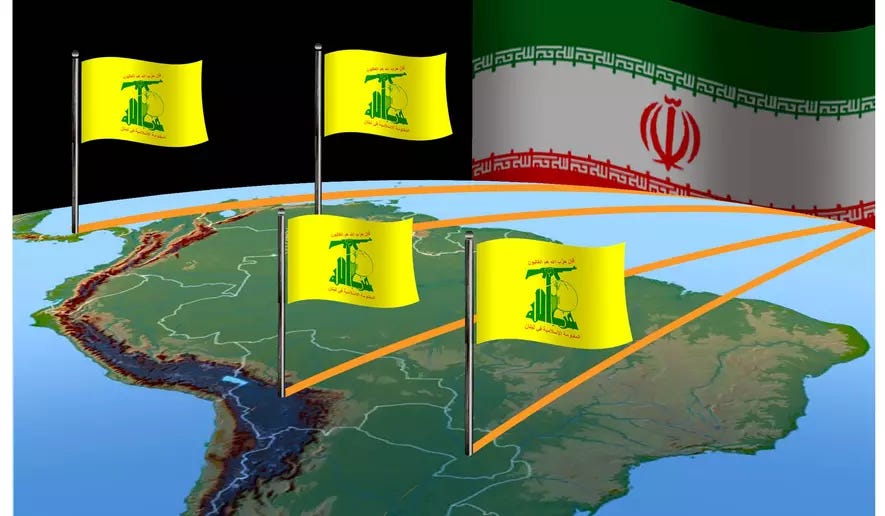Close to Home: Hezbollah in Latin America
Hezbollah is not just a Middle Eastern threat. With vast criminal operations in the Americas, its threat is much closer to home than most Americans realize.
On April 23, Interpol issued a red notice against Iranian Interior Minister Ahmad Vahidi in response to a request from Argentina. The Interpol red notice – a request for worldwide law enforcement to provisionally arrest an individual – is in response to the 1994 bombing of a Jewish community center in Buenos Aires. Argentine authorities allege that Iran’s Lebanon-based proxy, Hezbollah, carried out the attack, which killed 85 people and injured over 300, at the direction of authorities in Iran. Argentine authorities also allege that Iran and Hezbollah carried out the 1992 bombing of the Israeli embassy in Buenos Aires that killed 29 people.
Although these cases are decades old, evidence suggests that Hezbollah has steadily expanded its operations in Latin America in the years since, operating with general impunity in Brazil, Bolivia, Chile, Costa Rica, Ecuador, El Salvador, Mexico, Peru, Venezuela, and possibly others. It maintains relationships with organized criminal syndicates, runs espionage rings out of Iranian embassies and aids in the spread of Tehran’s soft power in the region. Most importantly, Hezbollah’s presence in Latin America funds its activities in Lebanon, as well as Iran’s activities in the Middle East and beyond, to the tune of billions of dollars annually.
The 1994 attack, allegedly perpetrated by Hezbollah, remains the deadliest in Argentina’s history. Image source
Background
Hezbollah reportedly arrived in South America sometime in the late 1980s. It established itself in the tri-border area (TBA) between Argentina, Brazil, and Paraguay. Due to its many tax incentives and strategic location, the TBA is a longstanding hub for illicit activity, earning it the label of the “largest illicit economy in the Western hemisphere.” The TBA has also attracted operatives from the region’s many ethnic communities, including Lebanese, of which more than five million reside in Argentina and Brazil. Moreover, a substantial number of Lebanese Shi’a Muslims escaping their country’s civil war arrived in the TBA in the mid-1980s. In this way, Hezbollah could simultaneously benefit from the region’s lax financial oversight while infiltrating the its Arab Shi’a communities.
Keep reading with a 7-day free trial
Subscribe to Between the Lines to keep reading this post and get 7 days of free access to the full post archives.





